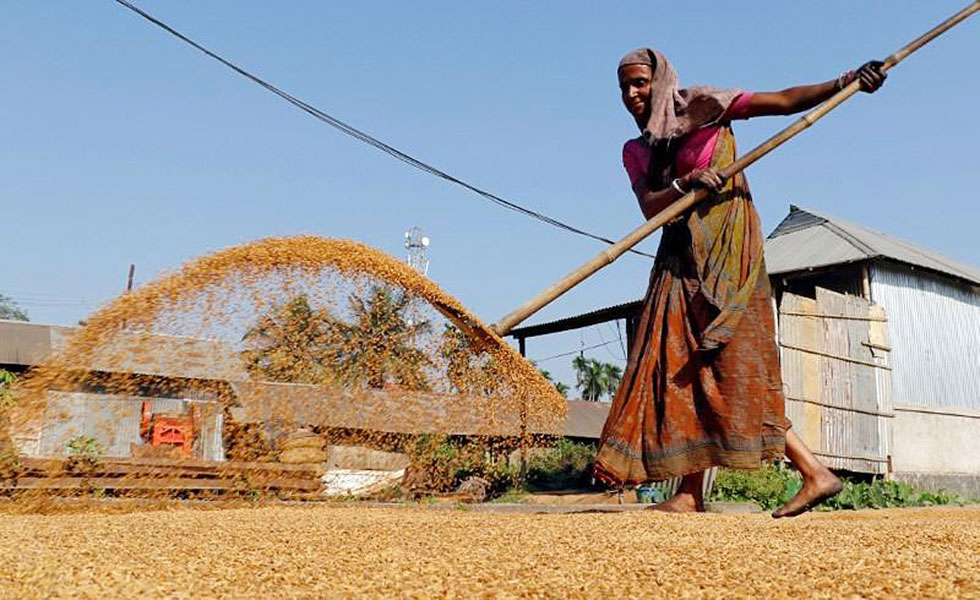PHL pinning hopes on Indian rice to help plug deficit in early 2024

THE rice export quota assigned to the Philippines by India could be tapped to address the expected shortage in January, when the supply of grain typically diminishes as planting season starts, an agriculture official said.
“If (the Indian rice) comes in, that will definitely provide us with the supply that we will be needing at the end of the harvest,” Agriculture Undersecretary Mercedita A. Sombilla told reporters on the sidelines of the International Rice Congress.
Ms. Sombilla said Indian shipments will add to the supply during January and February, when planting season begins.
“Hopefully the impact of El Niño will not be severe; that volume will be very important and necessary for us to be able to get through,” she added.
India’s Director of Foreign Trade announced on Wednesday a rice export quota for the Philippines of 250,000 metric tons (MT). It also approved smaller quotas for Nepal, Cameroon, the Ivory Coast, Guinea, Malaysia, and the Seychelles.
Earlier, India had banned the export of non-basmati white rice to ensure adequate domestic supply. Basmati is the preferred domestic variety in India, while non-basmati white rice is the most-traded international variety.
India is the world’s largest rice exporter, and its export ban had exerted upward pressure on international rice prices. The Philippines is the world’s largest rice importer.
Philippine rice imports totaled 2.49 million MT as of Sept. 21, according to the Bureau of Plant Industry, with India accounting for 13,493.39 MT, equivalent to 0.6% of the total.
Vietnam remained the Philippines’ top source of rice, shipping 2.24 million MT or 89.96% of Philippine imports for the period.
The government weather service, known as PAGASA (Philippine Atmospheric, Geophysical and Astronomical Services Administration), expects El Niño to strengthen towards late 2023, persisting until the first quarter of 2024.
Ms. Sombilla said imports will help curb surging retail prices of the staple grain.
High retail prices of rice prompted President Ferdinand R. Marcos, Jr. to order price controls on Sept. 5. This fixed the maximum price at P41 per kilogram for regular-milled rice and P45 for well-milled rice, caps which have since been withdrawn.
The Samahang Industriya ng Agrikultura (SINAG) cited the need to re-impose the P45 per kg price cap on well-milled rice in November, alleging that traders are creating “artificial” supply conditions to justify high prices.
“Rice farmers and millers have reported to us that some millers and traders are offering to buy palay between P21-23.50 per kilo of fresh palay (unmilled rice) and between P26-29 per kilo of dry palay,” SINAG Chairman Rosendo O. So said.
“While this is positive for our farmers, we are all worried about a possible repeat of the rice price spikes last August,” Mr. So added.
Asked to comment, Ms. Sombilla said that there are other measures available to curb any increases in rice prices.
“The price cap should really be a short-term (measure). I don’t think we will resort to that… Napilitan lang talaga mag-price cap noon (we were forced to impose price controls at the time),” she added. — Adrian H. Halili



